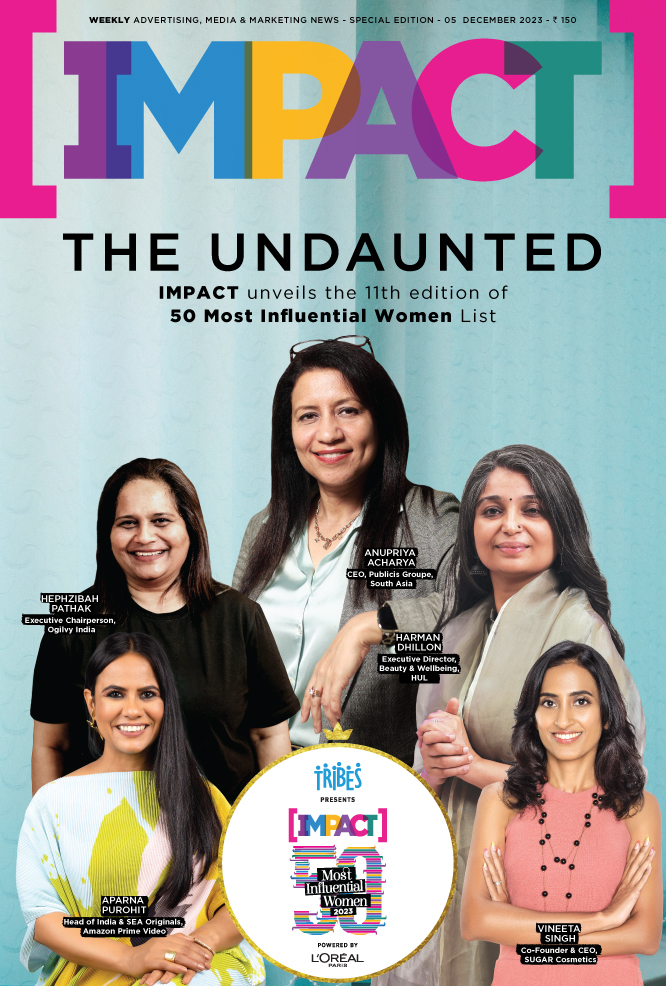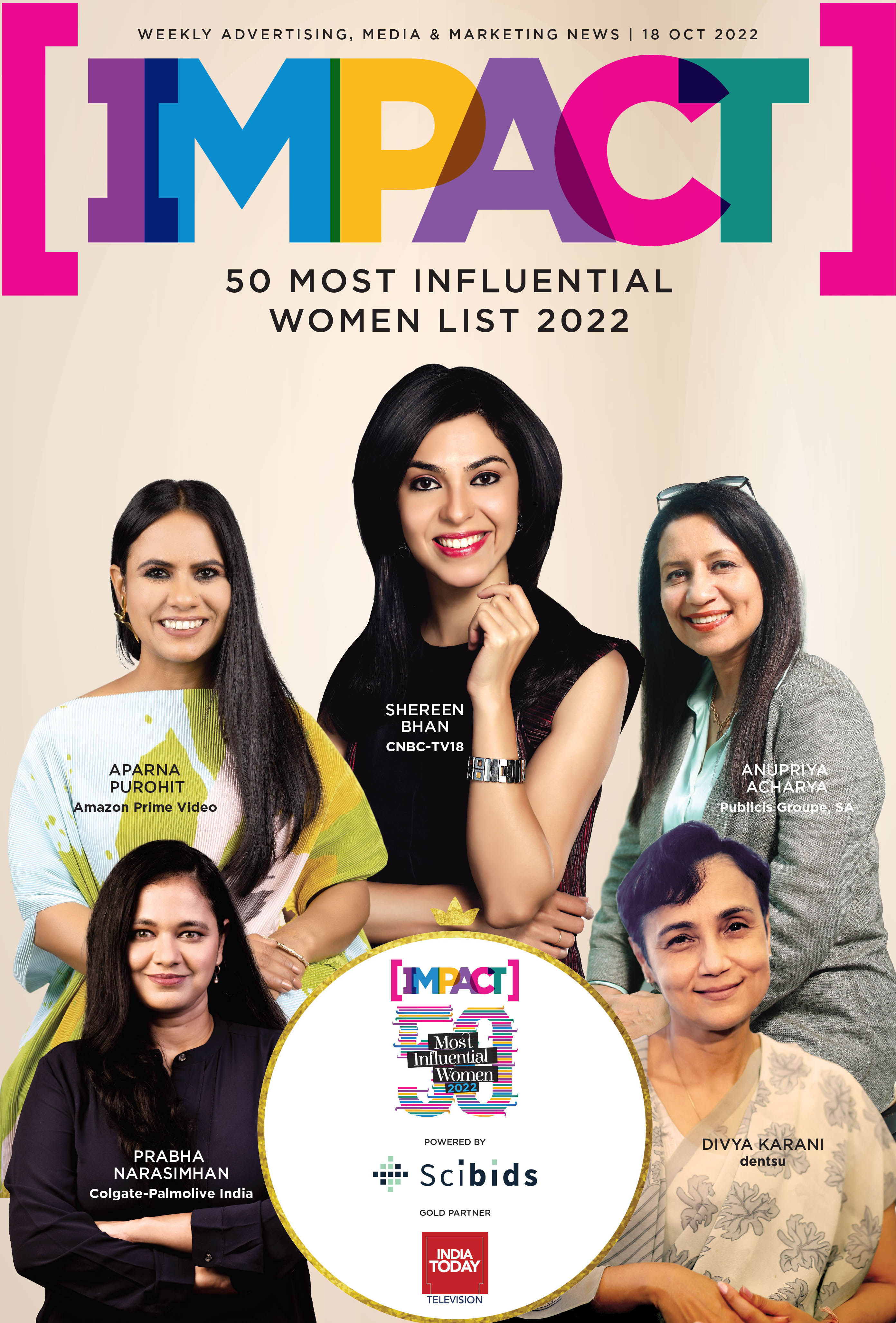Mattel, Inc. has announced the debut of the first-ever Barbie® doll with type 1 diabetes (T1D), reinforcing the brand’s mission to promote inclusivity and empathy through play. This launch enables more children to see themselves reflected in Barbie and encourages imaginative play that fosters understanding of others’ experiences.
“Introducing a Barbie doll with type 1 diabetes marks an important step in our commitment to inclusivity and representation,” said Krista Berger, Senior Vice President of Barbie and Global Head of Dolls. “Barbie helps shape children’s early perceptions of the world, and by reflecting medical conditions like T1D, we ensure more kids can see themselves in the stories they imagine and the dolls they love.” according to Mattel’s website.
To celebrate the milestone, Barbie also honored two global T1D advocates—Peloton Instructor Robin Arzón (US) and model Lila Moss (UK)—with their own one-of-a-kind Barbie dolls. Arzón unveiled the new T1D Barbie alongside her personalized doll at Peloton Studios New York on July 8.
Barbie, since her debut in 1959, has transformed from a symbol of desired perfection into a frontrunner of diversity and empowerment, mirroring the changing world and evolving cultural consciousness. Originally launched as a blonde, blue-eyed fashion doll in a black-and-white swimsuit, Barbie quickly became a global phenomenon but not without critique. For decades, she represented a narrow ideal of beauty, failing to reflect the diverse realities of the children who played with her. But over the years, Mattel began reimagining Barbie to reflect a broader, more inclusive world.
The journey toward representation began meaningfully in 1968 with the introduction of Christie, one of the first Black dolls in the Barbie universe, followed a year later by Nurse Julia, modeled after the groundbreaking Black actress Diahann Carroll making her one of the first Black celebrity dolls. By 1971, Live Action Christie brought not only diversity in appearance but also in movement, being among the first articulated Barbie dolls. These changes reflected a growing awareness of the need for dolls that children of all backgrounds could see themselves in. In 1980, Mattel made another landmark move by introducing the first Black and Hispanic dolls to officially carry the name 'Barbie,' firmly rooting diversity into the core brand rather than as side characters.
Beyond appearance, Barbie began tackling gender roles by breaking into careers traditionally dominated by men. Starting in 1989, Barbie suited up as a pilot a bold move at a time when female pilots were rare. This was followed by her becoming a Navy Admiral in 1991, a Medical Sergeant in 1993, and a firefighter in 1995. In 1997, she stepped into the role of a palaeontologist, and by 2004, Barbie was running for President a role she has taken on multiple times since. Her message was clear: girls could be anything they aspired to be.
As the conversation around body image gained momentum, Mattel responded with a seismic shift in 2015 by introducing three new Barbie body types: curvy, tall, and petite, an effort to better reflect the diversity of real bodies and foster body positivity among young audiences. This evolution extended to Ken dolls in 2017, when Mattel diversified Barbie’s male counterpart with new body types, hairstyles like man buns and cornrows, and even features like freckles, challenging outdated masculine norms.
The commitment to inclusion deepened further in 2019, when Barbie released dolls representing permanent physical disabilities featuring wheelchairs and prosthetic limbs making play more inclusive for children with similar experiences. These were not one-off releases, but part of an ongoing series of dolls that represent a wide spectrum of identities and life experiences, including those with vitiligo, hearing aids, and Down syndrome.
Barbie’s evolution is more than cosmetic; it’s cultural. With each new release, Barbie has redefined what it means to be beautiful, strong, and capable. No longer just a fashion icon, she’s now a scientist, an astronaut, a presidential candidate, and a symbol of inclusivity. Her journey from a limited ideal to a multidimensional role model reflects the broader shifts in society, where identity, representation, and aspiration are finally finding space in the toy aisle. Today’s Barbie is not just a doll; she’s a movement one that continues to grow more empowering with each passing year.























